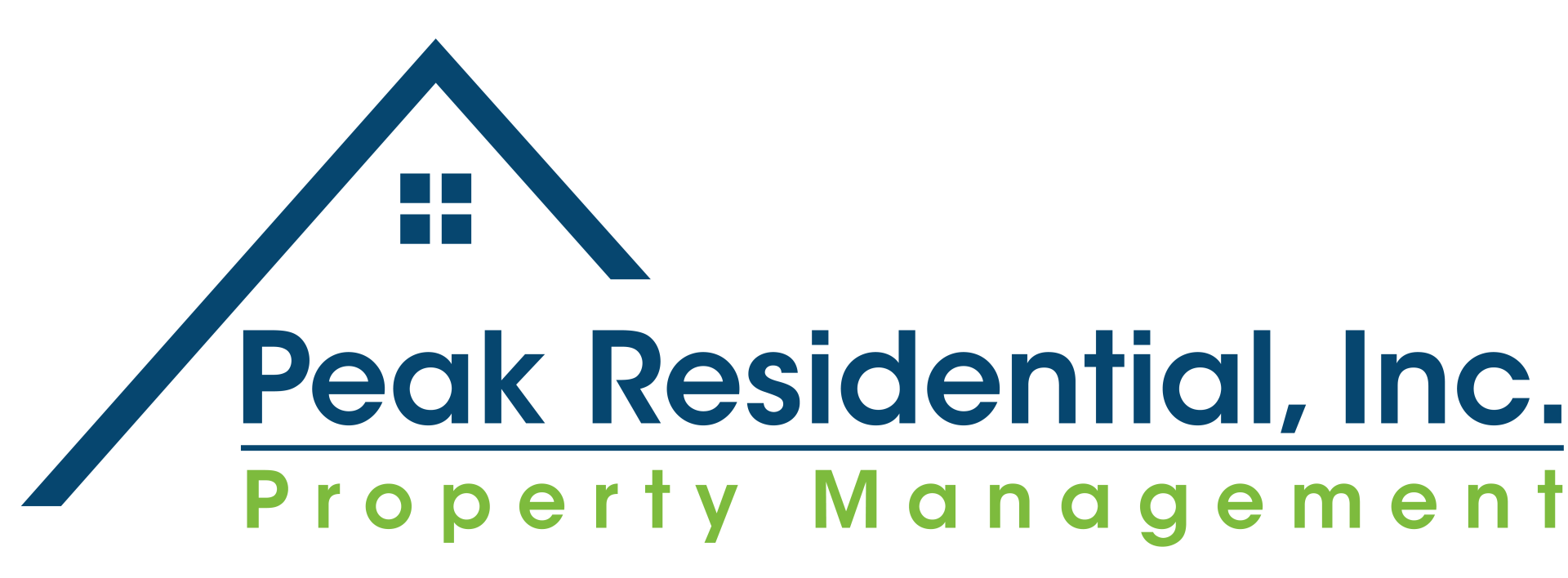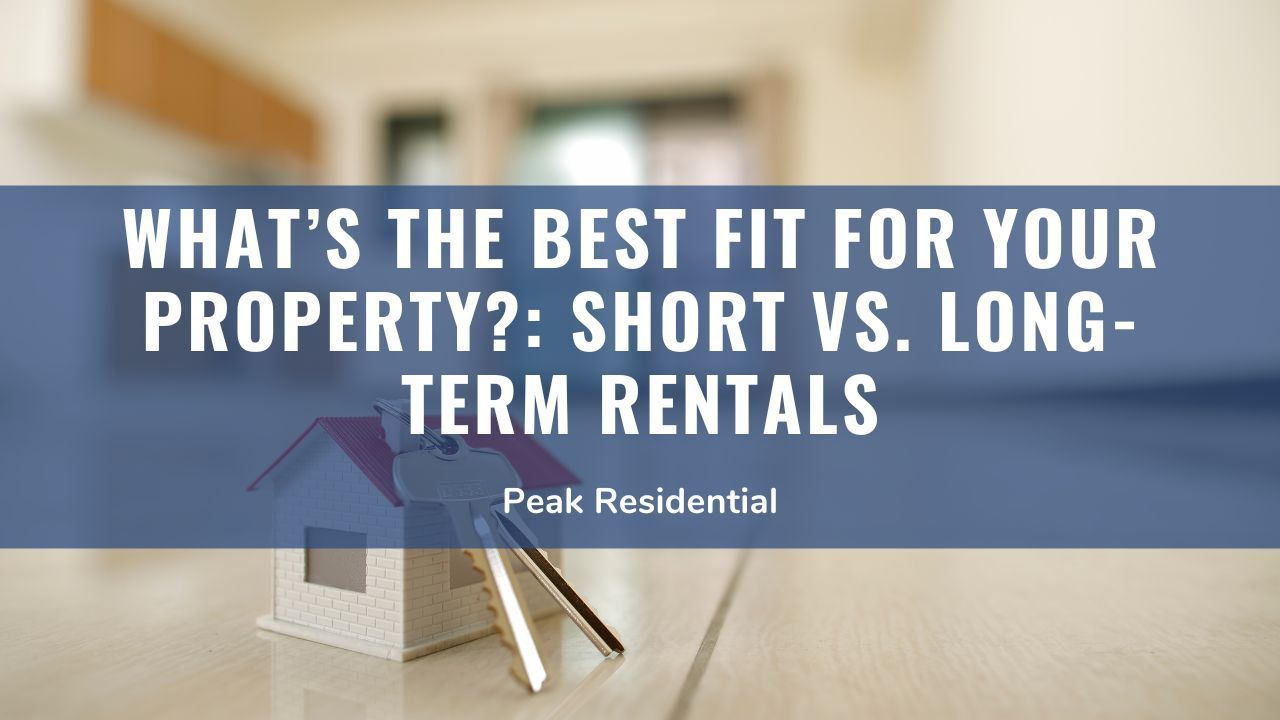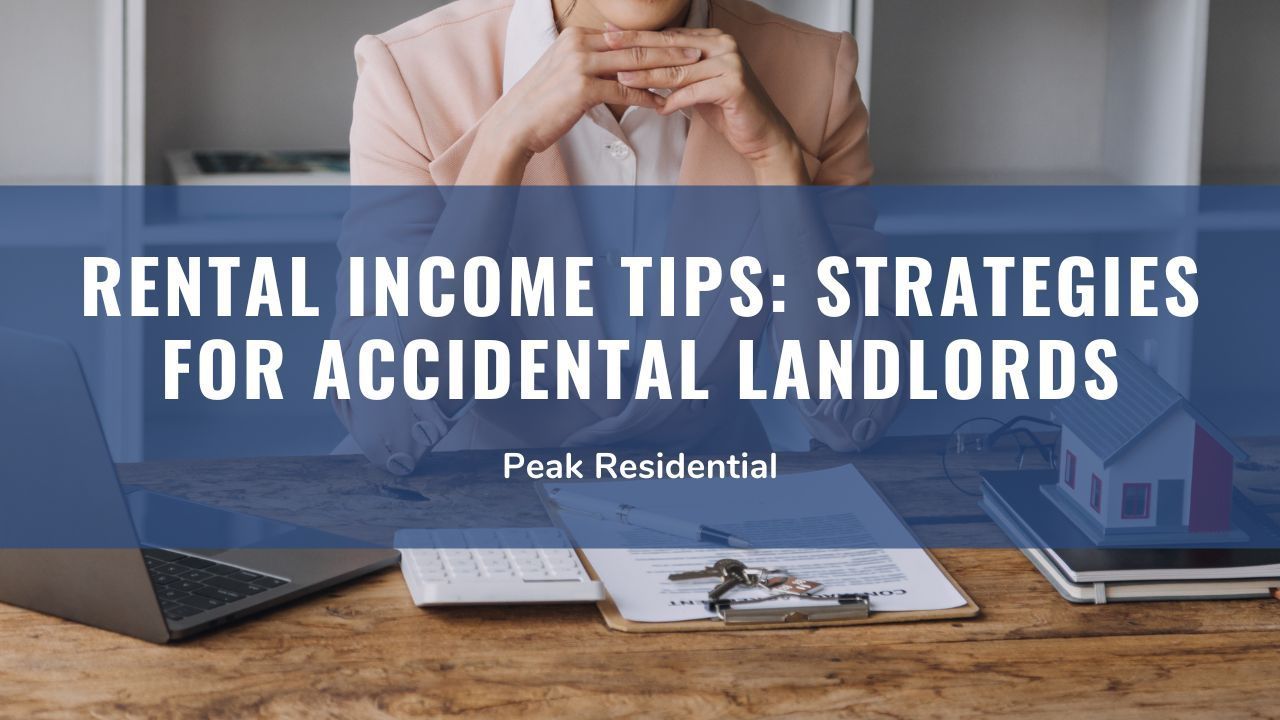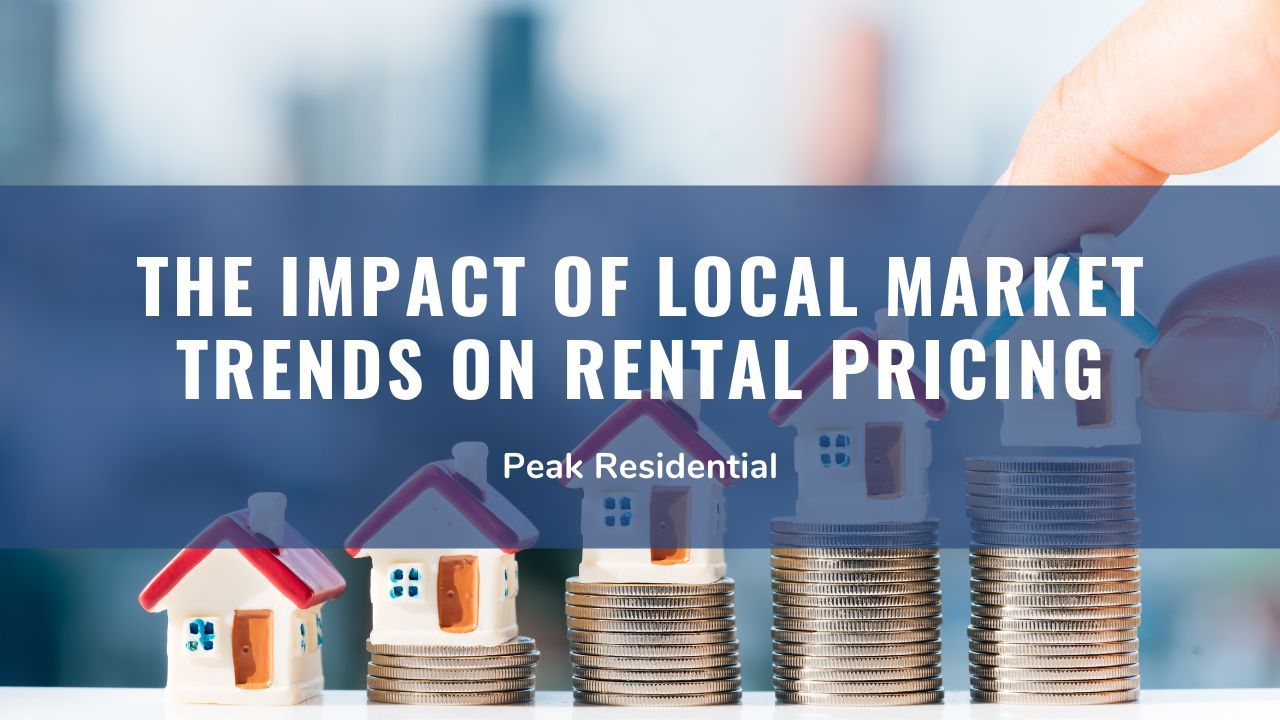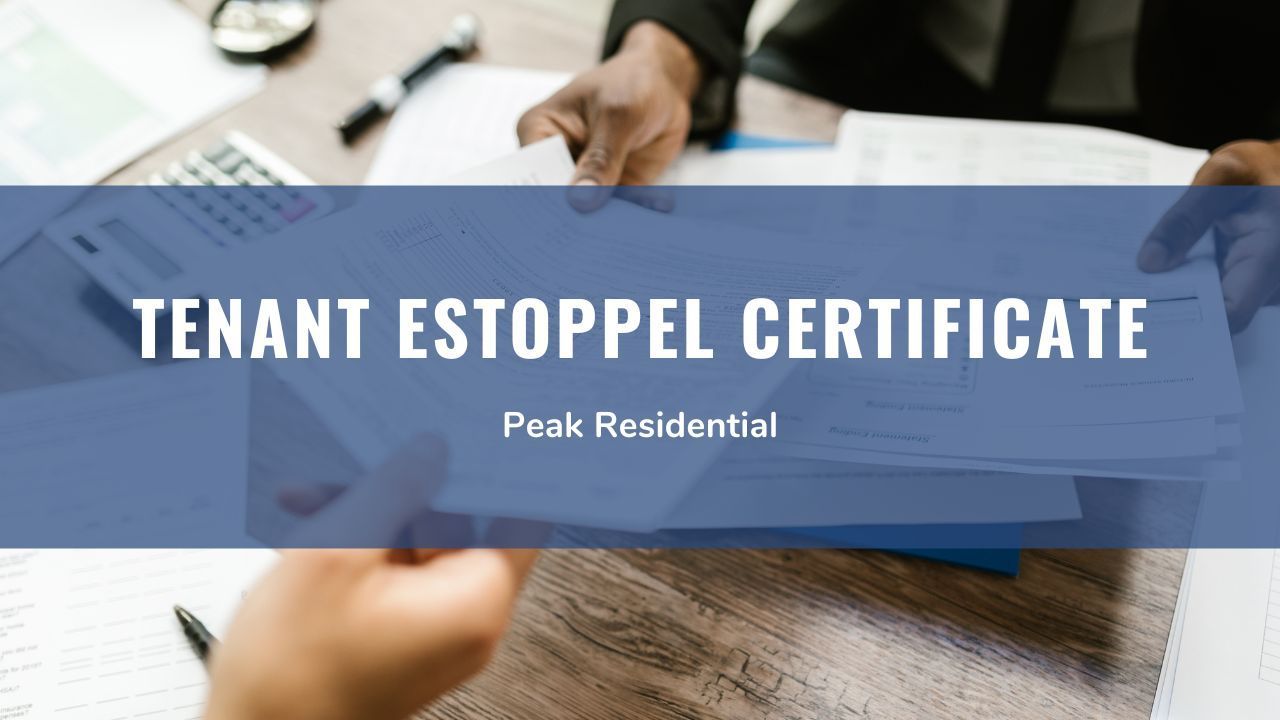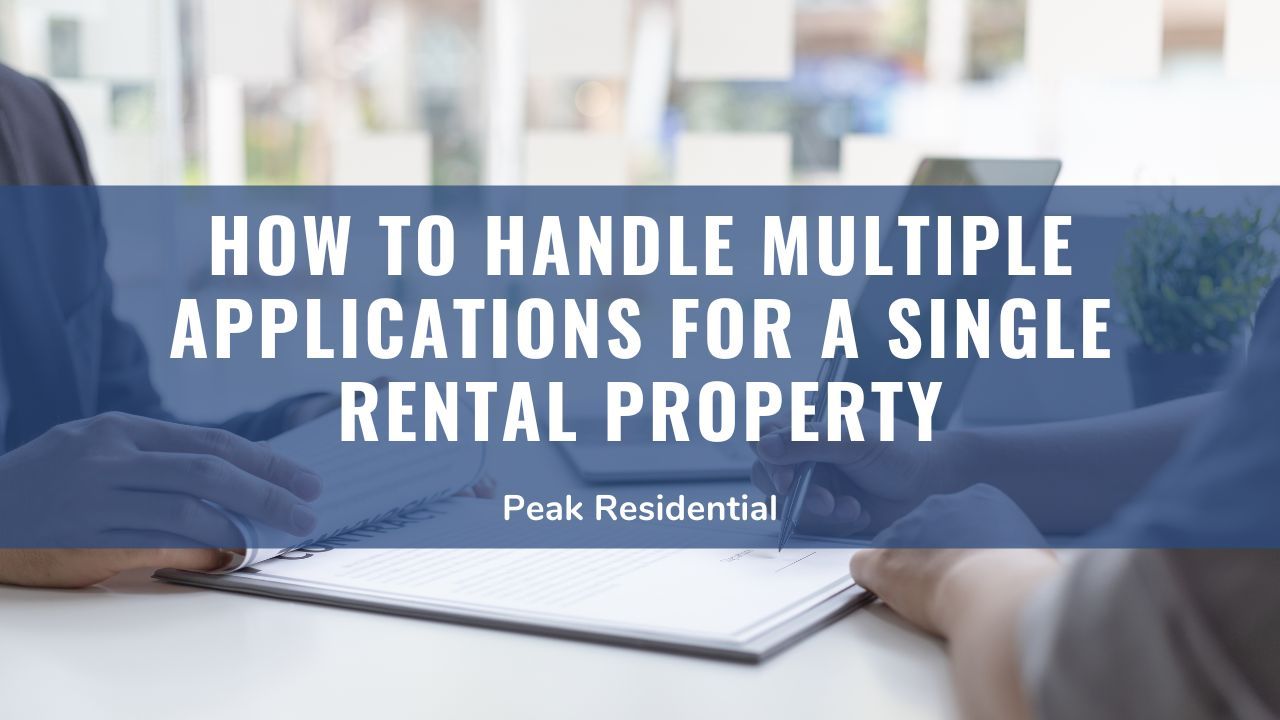Key Takeaways
- Refinancing Offers Strategic Financial Benefits: Lower interest rates, better loan terms, and improved cash flow can help landlords increase returns and expand their portfolios.
- Cash-Out Refinancing Unlocks Property Equity: Investors can tap into appreciated equity to fund renovations, pay off high-interest debt, or invest in additional properties.
- Lender Requirements Are Stricter for Investment Properties: Expect higher credit score thresholds, lower loan-to-value limits, and thorough income documentation during the refinancing process.
- Alternatives Offer Flexibility: For investors with favorable existing mortgage terms, cross-collateral loans can provide capital without full refinancing.
Owning investment property is one of the most reliable ways to build long-term wealth, offering steady income and financial security. However, navigating the ever-changing mortgage landscape requires strategic planning—especially when shifting interest rates create opportunities to optimize your portfolio.
Today’s market, shaped by recent Federal Reserve policy changes and falling borrowing costs, gives landlords a strong incentive to revisit their financing.
Refinancing isn’t just about lowering your monthly payments—it’s a smart way to unlock equity, improve cash flow, and accelerate your investment goals.
In this guide from
Peak Residential, Inc. we’ll explore how refinancing your rental property mortgage can benefit your bottom line and when it makes sense to take the leap.
Benefits of Refinancing Your Rental Property Mortgage
Refinancing your rental property can offer several strategic advantages that help real estate investors strengthen and grow their portfolios:
1. Lower Interest Rates for Long-Term Savings
Securing a lower interest rate can significantly reduce the overall cost of your mortgage. For example, refinancing a $150,000 loan from a 6% interest rate to 5% could save you around $34,000 over a 30-year term. These savings can be reinvested or used to boost your bottom line.
2. Flexible Loan Terms to Match Investment Goals
Refinancing gives you the ability to change your loan term.

Opting for a shorter term can help you pay off the loan faster and save on interest, while a longer term lowers your monthly payment and increases available cash flow—ideal for reinvestment or managing multiple properties.
3. Improved Cash Flow
Lower monthly payments, whether from a better rate or extended loan term, free up capital. This added liquidity can be used for property upgrades, operational expenses, or purchasing additional rental properties.
4. Access to Equity Through Cash-Out Refinancing
If your property has appreciated, a cash-out refinance lets you tap into that equity. You can use the funds for new investments, to pay off higher-interest debt, or to fund renovations that increase rental income and property value.
5. Increased Property Value
Using refinance proceeds for property improvements can enhance curb appeal and justify higher rents. This not only boosts your immediate rental income but also contributes to long-term asset appreciation.
Key Refinancing Qualification Requirements
Before refinancing, it’s essential to understand lender expectations to improve your chances of approval and secure favorable terms:
Loan-to-Value (LTV) Ratio
Investment properties often have stricter LTV requirements than primary residences. Most lenders require at least 25% equity, meaning your loan can’t exceed 75% of the property’s appraised value.
Credit Score
A higher credit score generally leads to better rates and easier approval. While some lenders may accept a score of 620, a score of 670 or above typically qualifies for more competitive offers.

Debt-to-Income (DTI) Ratio
Lenders evaluate your DTI ratio to ensure you can manage repayment. A lower DTI suggests financial stability and may lead to better loan terms.
Income Documentation
You’ll need to provide thorough income verification—this includes tax returns, pay stubs, and financial statements. While rental income is usually counted, requirements vary by lender, so having multiple income sources can strengthen your application.
A Step-by-Step Guide to Refinancing Your Rental Property
Refinancing your rental property can be a powerful move—but success depends on a clear, organized approach. Here’s a breakdown of the key stages in the refinancing process and what to expect at each step:
1. Prepare Your Documentation
Gather all necessary paperwork in advance, including income verification, recent tax returns, insurance records, and financial statements. Being well-organized not only speeds up the process but also helps establish credibility with lenders.
2. Submit Applications Strategically
Apply to multiple lenders at once to compare offers and negotiate better terms. Many lenders offer prequalification, allowing you to explore potential rates and conditions without affecting your credit score.
3. Lock in Your Interest Rate at the Right Time
After receiving approval, carefully review loan terms and timing before committing. Locking in your rate protects you from potential rate increases during the closing process and ensures you secure favorable terms.
4. Underwriting and Review
This stage involves a detailed review of your financial profile. Lenders will verify income, assets, property condition, and other key criteria. The underwriting process typically takes several days to a week or more.

5. Finalize the Closing
Once approved, you’ll attend a closing meeting to review and sign final documents, pay any applicable fees, and officially complete the refinance.
Using Cash-Out Refinancing to Fuel Growth
If your goal is to access equity rather than just reduce your interest rate, cash-out refinancing is a strategy worth exploring. This option replaces your existing mortgage with a larger loan, giving you access to the difference in cash.
Many investors use this capital to:
- Upgrade current properties and boost rental income
- Purchase additional rental properties
- Eliminate high-interest debt
While this can accelerate portfolio growth, it’s important to ensure that the rental income from the property will cover the new, potentially higher monthly payments. Because investment properties carry higher risk, lenders may also impose stricter requirements and offer slightly higher rates.
Alternative Financing Options
Not all investors need or want to go through a full refinance. In some cases, cross-collateralization may be a smart alternative. This method allows you to use the equity in existing properties as collateral for a new loan—without replacing your current mortgages.
Cross-collateralization is especially useful for investors with strong existing rates who need liquidity for new investments without disrupting their current financing structure.
Bottom Line
Refinancing your rental property can be a smart move to improve cash flow, access equity, and strengthen your investment strategy—but it’s not the right solution for everyone.
The key to success lies in evaluating your financial goals, understanding lender requirements, and weighing the risks and rewards. If you're considering refinancing, now is a great time to act. With today’s favorable market conditions, you may have a unique opportunity to optimize your portfolio.
Need help navigating your options? Contact our experienced team at Peak Residential, Inc. for expert guidance and a tailored refinancing plan that aligns with your investment objectives.
